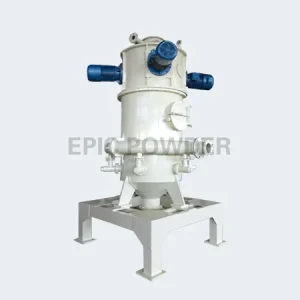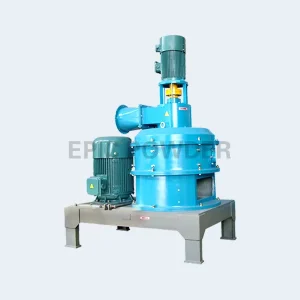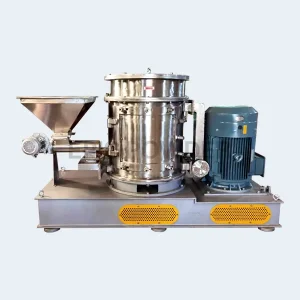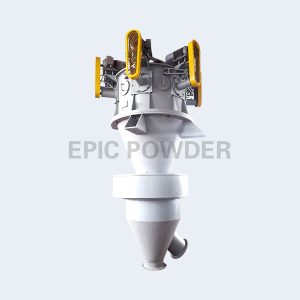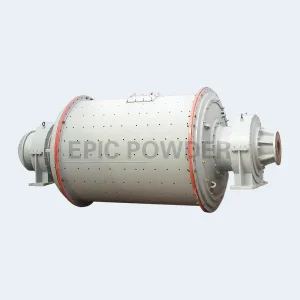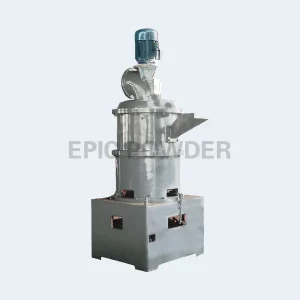Lithium slag is a byproduct of lithium production from ores. It comes from extracting spodumene and other lithium-rich minerals. This material often contains high lithium and other valuable metals. So, it is a potential source for recycling and recovery. As demand for lithium rises, so must we manage lithium slag. It’s critical for batteries in electric vehicles and renewable energy storage. Researchers and industries are exploring new ways to process this byproduct. They aim to cut environmental harm and boost resource efficiency.
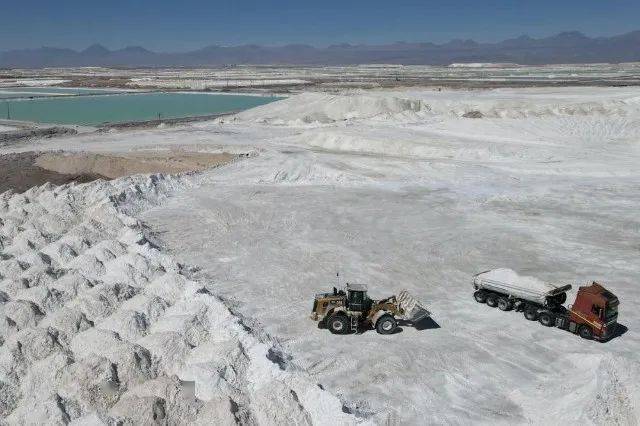
My country has valuable lithium resources. They are mainly lithium ores, including spodumene, lepidolite, petalite, ferrolithium mica, and pyrolithite. Among them, only spodumene has been applied on an industrial scale. Spodumene has a simple composition and a high lithium content, which is easy to extract. Also, my country has the world’s second largest spodumene mine. It has a large storage capacity. In addition, lepidolite has a complex composition but a large reserve.
In Yichun, Jiangxi Province, my country has the world’s largest lepidolite deposit. It is a key lithium reserve with high strategic and research value. However, petalite, ferrolithium mica, and pyrolithite have low lithium content and small reserves. So, there are few studies on them, and they are not very significant.
Large-scale lithium mining now creates a lot of lithium slag. If the lithium waste is landfilled on site, it will cause pollution to the local soil and water quality. Thus, how to use lithium waste to avoid pollution has become a hot topic in recent years. The lithium slag has different properties. This is due to the different components of spodumene and lepidolite.
Spodumene and Lepidolite
Spodumene is a pyroxene mineral. It appears as colorless to pale yellow, slightly purple, or lavender kunzite. It also forms large, yellow-green or emerald green cryptocrystalline and prismatic crystals. Spodumene is a lithium aluminum inosilicate, LiAl(SiO3)2. It is mainly found in granite pegmatite veins. In my country, spodumene is mainly produced in Xinjiang, Sichuan, and Jiangxi.
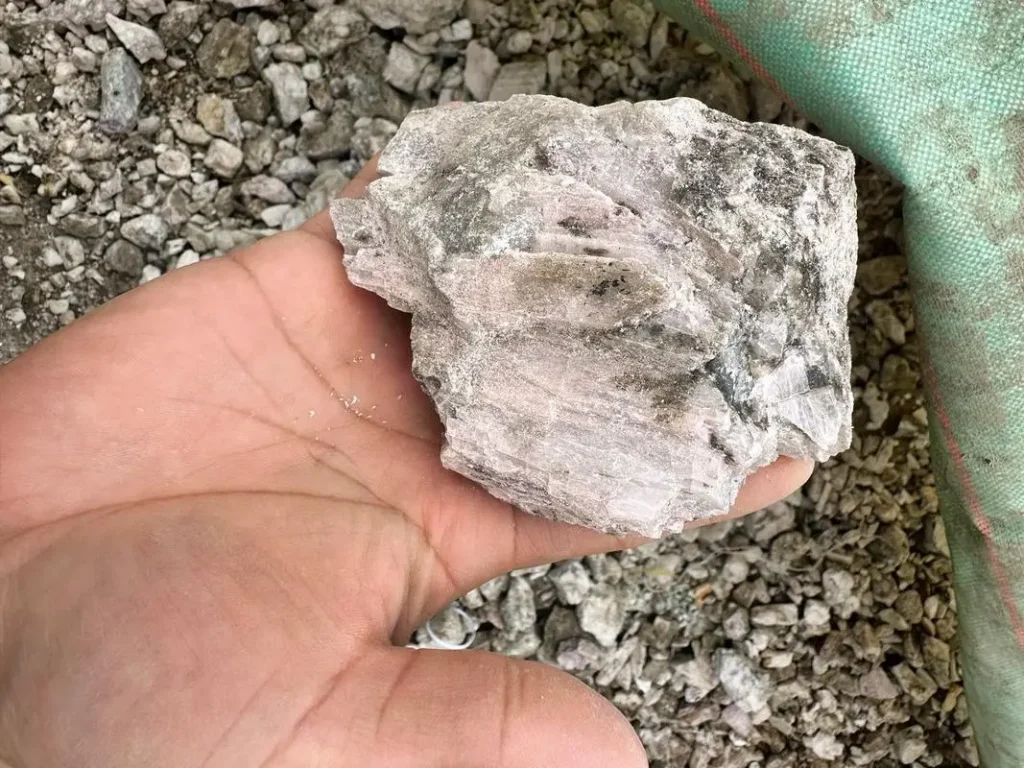
Lepidolite is also known as “lepidolite”, a monoclinic system. The chemical composition is K{Li2-xAl1+x[Al2xSi4-2xO10](OH,F )2} (x=0-0.5). It is a basic aluminum silicate of potassium and lithium, and is a type of mica mineral. Lepidolite is generally only produced in granite pegmatites. It is purple and pink in color and can be light to colorless. It has a pearly luster. It is in the form of short columns, small flakes, or large plate-like crystals.
Lepidolite has a more complex composition and is more difficult to refine. Spodumene is essentially a lithium-containing aluminosilicate. It usually has impurities. Its main components are lithium, silicon, and aluminum. Lepidolite’s formula is more complex. Its main components are lithium, potassium, silicon, aluminum, and fluorine. Therefore, it is more difficult to extract raw materials and purify lithium salts. Before 2017, lithium carbonate from lepidolite was costly and of poor quality. This is the main reason why. It was for industrial-grade customers.
The Li2O content in lepidolite is lower, so the unit consumption is greater. Typically, spodumene concentrate has 5.0-6.0% Li2O. Lepidolite concentrate has 2.0-3.5% Li2O. So, it takes about 7.8 tons of spodumene concentrate (6.0% grade) to make 1 ton of lithium carbonate. And, it takes about 18-19 tons of lepidolite concentrate (3.0% grade) for the same amount. If the grade is lower, the unit consumption will rise further. So, it costs more to extract lithium from lepidolite than from spodumene.
Comparison between spodumene lithium slag and lepidolite lithium slag
Usually, the main phases of spodumene lithium slag are spodumene, gypsum, and quartz. Of them, spodumene is the main mineral in the lithium extraction process. Quartz is a paragenetic mineral of spodumene. Gypsum comes mainly from the reaction of limestone powder and sulfuric acid.
Usually, the main phases of lithium mica lithium waste are blue spherule, gypsum, quartz, fluorite and albite. Of them, blue spherule, quartz, albite, and fluorite are paragenetic minerals of spodumene. Gypsum comes mainly from the reaction of limestone powder and sulfuric acid.
So, lithium mica lithium slag is more complex than spodumene lithium slag.
The density of lithium mica and spodumene lithium slag is similar. Lithium mica lithium slag has a smaller surface area than spodumene lithium waste after a short grind. But, as the grind time increases, lithium mica will have a larger area than spodumene. The shorter the grinding time of lithium mica lithium slag, the higher its activity. Spodumene needs longer grinding to improve its activity. Short-time grinding is less effective than lithium mica and lithium waste.
Also, lithium slag is more complex than traditional solid wastes, like slag and fly ash. Those have a fixed composition. For example, lithium slag contains more alkali metal ions such as K and Na and usually contains 5%-30% S elements. Also, lithium waste may contain trace amounts of other metal ions, like beryllium, thallium, rubidium, and cesium. They must be tested and meet the standards before being reused. The fixation or removal of metal ions in lithium waste has made it hard to handle. So, there are a few ways to use it, and we can only consume it in a small amount.
Treatment and Utilization of Lithium Slag
Enrichment and Utilization of Beryllium, Thallium, Fluorine, Rubidium and Cesium
A company’s lithium slag in Jiangxi has 0.003% thallium, 0.0002% arsenic, 3.5% fluorine, 0.067% beryllium, 0.344% rubidium, and 0.078% cesium. The lithium slag is toxic. It contains beryllium, thallium, fluorine, rubidium, and cesium. They pose risks to the ecosystem and human health.
The industrial extraction of beryllium is mostly done by high-temperature melting. Next, quench the water or add alkaline substances. This destroys the mineral’s crystal structure. Then, it is dissolved in sulfuric acid and enriched using organic solvents. But, traditional organic solvents are very harmful to the environment. The thallium in lithium ore, after beneficiation, is mostly in the form of TI2O, TIOH, TI2SO4, etc. They are highly soluble. Beryllium is less so.
Many studies have shown that solvent extraction methods can effectively extract thallium. Ionic liquid methods can do the same in two-phase aqueous systems. In the future, we will use a microorganism-acid-ionic liquid system. It will reduce the energy use and waste from the reaction. It will also improve the recovery of beryllium and thallium. This will recover, with low carbon, green efficiency, metals from lithium mine waste slag.
A roasting-leaching process treats lithium slag to recover rubidium and cesium. It yields a mixed solution of their salts. Then, a precipitation process is used to obtain a mixture of rubidium and cesium. A mixture of rubidium and cesium is treated. This gives a high-concentration mixed solution of their salts. Then, rubidium and cesium residues are obtained by step-by-step precipitation. Treat rubidium precipitates and cesium precipitates to obtain rubidium chloride and cesium chloride. Rubidium chloride and cesium chloride can be treated to get rubidium and cesium carbonates.
The fluorine in lithium mica can destroy its structure. The two-step heat treatment is better than direct heating. It removes fluorine and unreacted sulfuric acid. It also sets up a fluorine recovery and circulation system.
Building material utilization
Cement
Lithium slag is similar to clay used in cement. So, it is feasible to use lithium mine waste slag to replace part of the clay in making cement clinker. The lithium mineral and extraction process affect the waste slag from lithium mica and spodumene. They are very different. Spodumene mine waste slag has 1% to 3% Fe2O3. Lithium mica mine waste slag has about 0.5% Fe2O3. So, white cement from lithium mica mine waste has more market advantages.
Concrete
Using lithium slag as a concrete admixture can replace part of the cement. It can be used on a large scale. This will reduce the environmental impact of cement production and support sustainable development. SiO2 and Al2O3 in lithium slag can react with Ca(OH)2 in cement. This forms hydrated calcium silicate gel (C-S-H). It improves concrete’s strength and durability.
Currently, research on using lithium slag as a concrete additive focuses on its:
- Mechanical properties.
- Carbonation resistance.
- Resistance to chloride ion penetration.
- Resistance to sulfate corrosion.
- Durability.
Ceramics
Using industrial waste to make foam ceramics is a key focus in resource use. Lithium slag is a typical high-silicon, aluminum-rich, alkali-rich solid waste raw material. Acidic lithium waste has a chemical composition similar to traditional ceramic raw materials. Its main mineral components are quartz, calcite, spodumene and lithium mica.
However, untreated lithium slag contains Fe2O3 and TiO2. They will affect the whiteness of ceramics. So, it is suitable for making building ceramics. In addition, lithium oxide is a strong flux. The glaze’s eutectic point will drop when combined with sodium and potassium oxides.
Geopolymer
Lithium slag has a chemical composition similar to fly ash. It can be used as a silicon-aluminum precursor for single-component geopolymers. Lithium slag has lower CaO and higher SO3. This affects its synthetic geopolymers. It also changes the use of thermal and alkali activation technologies.
Wall material
Lithium slag is used in wall materials, mainly in unfired bricks and ceramsite. Unfired bricks have high strength and durability. They can efficiently consume lithium waste. Some studies have used cement, steel slag powder, fly ash, and lithium waste to make lithium slag unfired bricks. They used natural curing methods. The bricks had high strength, water resistance, and good frost resistance. Ceramsite is a ceramic particle. It is lightweight, strong, and porous. It has good refractoriness. It has good thermal, water, and sound insulation. It resists frost and has excellent alkali-aggregate reactivity. It is widely used in building materials as a lightweight aggregate.
Lithium slag has a high content of SiO2 and Al2O3. It is a high-quality raw material for making building ceramsite. The content of CaO, Na2O and K2O in lithium mica lithium waste can reach 15%. It can be used as flux oxides in sintering. This lowers the ceramsite sintering temperature. It also reduces the viscosity of the high-temperature liquid phase.
Lithium slag roadbed
In May, Jiangxi issued the “Technical Specifications for the Use of Lithium Slag in Highway Roadbed Engineering (Trial)”. It contains many environmental protection standards. “Using ‘lithium waste identified as hazardous waste’ for roadbed filling is prohibited.” Lithium slag, a general industrial waste, can only be used for highway embankment filling after modification. It cannot be used for highway roadbed filling.” The modified lithium slag roadbed must not be in the ecological protection red line, permanent basic farmland, or other special areas. It also sets detailed standards for testing water and soil in the road section.

